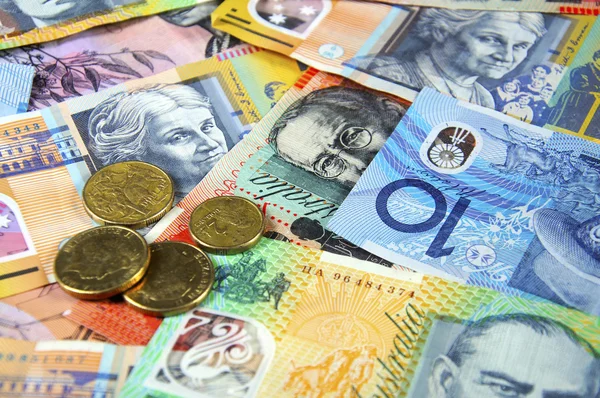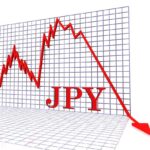Australian dollar fell as risk aversion grew.
The Australian Dollar (AUD) falls against the US Dollar (USD) following the announcement of Building Permits data on Tuesday. Australia’s Consumer Price Index (CPI) statistics will be announced on Wednesday, providing significant clues into the future direction of the Reserve Bank of Australia’s (RBA) monetary policy. Analysts forecast a small re-acceleration in Australia’s headline inflation in the second quarter, with the core rate remaining stable.
The inflation report will be The outcome will be critical in determining whether the RBA will raise interest rates at its policy meeting next week. However, experts have warned that another increase in interest rates could undermine Australia’s economic recovery.
The US dollar may fall as the likelihood of a Fed rate cut in September grows.
The AUDUSD pair may limit its fall as the US Dollar faces headwinds due to increased expectations of a Federal Reserve (Fed) interest rate drop in September. Furthermore, indicators of cooling inflation and easing labor market conditions in the United States have boosted predictions of three rate reduction from the Fed this year. The Federal Reserve’s interest rate decision will be the focus on Wednesday.
Daily Market Movers: Australian Dollar falls due to risk-off sentiment.
Australia’s Building Permits (MoM) dropped by 6.5% in June, beating market estimates of a 3.0% drop. This follows a 5.7% rise in May. Building Permits fell 3.7% year on year, compared to an 8.5% drop the year before.
According to a recent NAB Economics outlook, the Reserve Bank of Australia (RBA) cash rate is expected to remain constant at 4.35% until May 2025. Looking ahead, the NAB Economics team anticipates a 3.6% drop by December 2025, with further declines projected in 2026.
The Australian Prudential Regulation Authority (APRA) issued a media statement on Monday warning that arrears rates are slowly rising. Following their last quarterly review of local and foreign economic conditions, APRA announced that macroprudential policy settings will remain unchanged. These comments reflect their continual assessment of both domestic and worldwide economic situations.
On Friday, the US Personal Consumption Expenditures (PCE) Price Index climbed 2.5% year on year in June, down slightly from 2.6% in May, meeting market forecasts. On a monthly basis, the PCE Price Index climbed by 0.1% after remaining constant in May.
US Core PCE inflation, which excludes volatile food and energy costs, rose to 2.6% in June, matching May’s gain and exceeding the prediction of 2.5%. The core PCE Price Index increased by 0.2% month on month in June, compared to 0.1% in May.
Bank of America claims that the United States’ robust economic growth allows the Federal Open Market Committee (FOMC) to “afford to wait” before making any changes. The BofA states that the economy “remains strong” and expects the Fed to start cutting rates in December.









